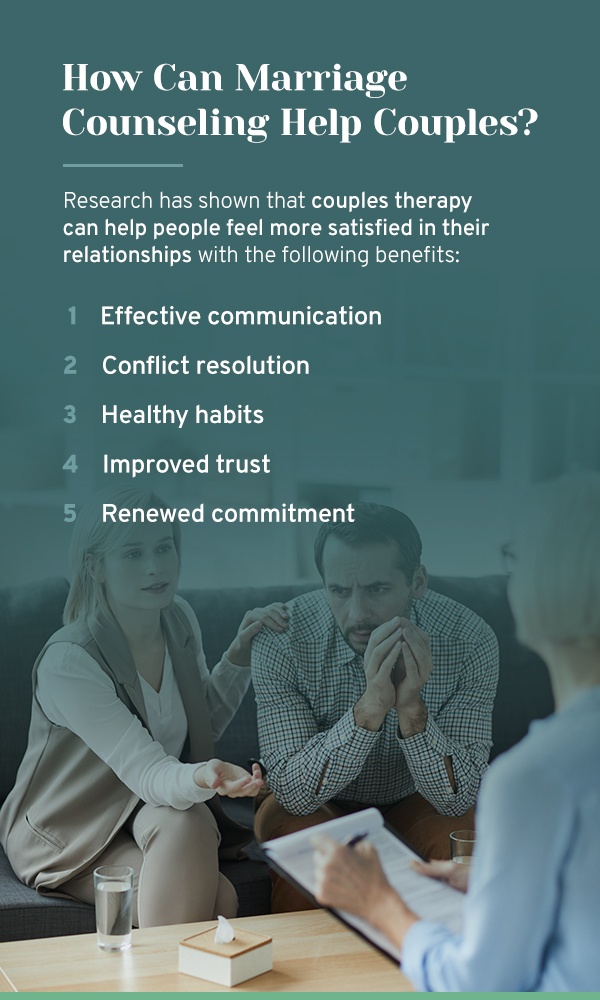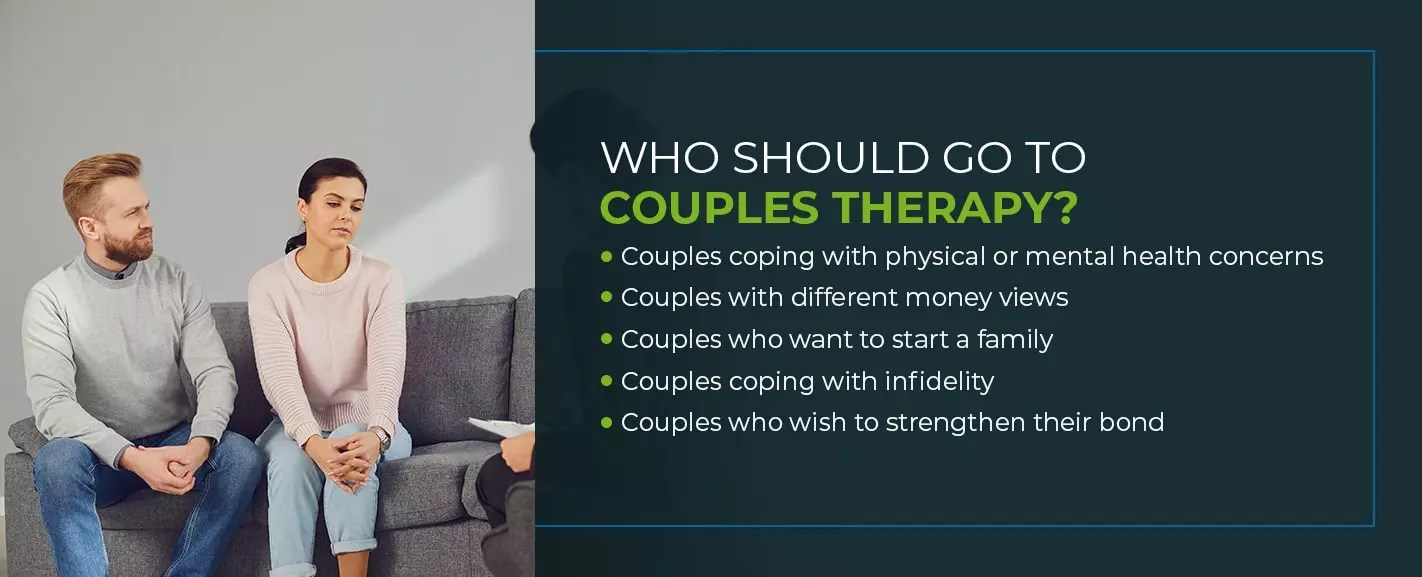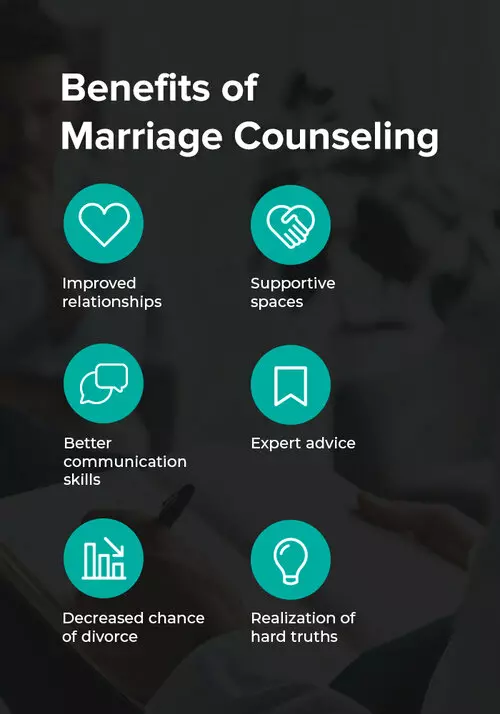Aim Point Counseling - An Overview
Aim Point Counseling - An Overview
Blog Article
The smart Trick of Aim Point Counseling That Nobody is Talking About
Table of ContentsNot known Facts About Aim Point CounselingHow Aim Point Counseling can Save You Time, Stress, and Money.An Unbiased View of Aim Point CounselingA Biased View of Aim Point CounselingAim Point Counseling Fundamentals Explained4 Simple Techniques For Aim Point Counseling
The longitudinal layout entails a pre-treatment survey and 2 follow-up studies at 3- and 12-months post-intervention. The study is embeded in 8 Relationships Australia Victoria centres, throughout urbane, external suburbs, and regional/rural websites. Relationships Australia, a non-government organisation, is the largest supplier of couple coaching and relationship solutions in Australia.
These high prices of partnership breakdown have actually been consistently associated with negative health consequences for both adults and children following divorce/separation.
The Basic Principles Of Aim Point Counseling
The effects of separation and splitting up can be destructive, research study shows that high connection dissonance in intact pairs is also likely to have adverse outcomes.
Study to date has determined both couple and private variables that may contribute to relationship discord. These consist of partnership contentment and dedication at the pair degree, and depression at the specific degree.
Getting The Aim Point Counseling To Work
As a result, while a lot of researches indicate renovations in relationship satisfaction adhering to couple counselling, they are restricted by the examples and measures made use of, mostly short-term follow-up time structures, and analyses that do not make up the dyadic nature of pair data. Relationship dedication, based upon measures such as the Commitment Stock (CI) [19], is one more commonly examined partnership end result.
To summarise, research study shows that couple-specific variables as well as individual elements may predict the outcomes of couple therapy and partnership services. The causal instructions of these relationships, nonetheless, is much less clear. These monitorings are essential, given that, to warrant and direct the application of partnership services such as couple counselling, empirical proof needs to explore both the outcomes of connection solutions and the variables that anticipate effective therapy.
, at the very least in some European countries.

We currently understand little regarding the profiles of pairs who seek connection education and learning compared with those that seek partnership counselling, or the outcomes of these programs. Anecdotal evidence suggests that there might be considerable distress amongst at the very least some couples seeking connection education and learning. Relationship education programs differ from pair counselling as they are normally highly structured, carried out in teams, and focus on a combination of four parts; recognition, feedback, cognitive change, and abilities training [45]
Excitement About Aim Point Counseling
Feedback entails participants completing sets of questions concerning their relationship (e.g. procedures of interpersonal troubles), and obtaining information on what their scores show. Cognitive-behavioural strategies advertise altering cognitions to assist in positive partnerships.
These effects have actually continued for approximately 4 years in some studies [47] These meta-analyses highlight restrictions in the current literary works on relationship education. Particularly, most of researches entailed couples from upper socio-economic backgrounds who were not experiencing high connection discord [47,48] This example account may not stand for clients that generally present for partnership education.
An Unbiased View of Aim Point Counseling

Extremely little research has actually examined the comparative advantages of pair therapy and relationship education and learning programs. As clients are most likely to self-select right into these service types, it is not clear whether particular connection distress profiles present to each service kind, or certainly whether there is an interaction in between presenting account, service type and result.
(https://a1mpoint.start.page/)
Therefore, we have included a 12-month follow-up to evaluate longer-term fads and impacts.
We suggest to make use of multi-level statistical modelling procedures that regulate for the inter-dependence of pair information to analyze any kind of treatment effects. The certain aims of the ECC research study are to: 1. Map profiles of clients looking for area agency-based pair therapy vs. partnership enhancement programs in terms of socio-demographic and partnership indicators (such as connection satisfaction, partnership commitment, interpersonal issues, and factors for going to), as well as health and wellness (such as anxiety, general health and wellbeing) and wellness solution use (eg.
2. Figure out whether couple therapy and partnership education solutions improve 3- and twelve-month results for partnership fulfillment, commitment, and clinical depression, using analytical evaluations appropriate to couple data. 3. Figure out the loved one payments of customer factors (specific and couple) and therapy/education variables to outcomes at 3- and 12-months, and to sustainability of results over time.
The 2-Minute Rule for Aim Point Counseling
Multi-level modelling to establish pre-post distinctions, controlling for dyadic (pair) degree. To add to the literature evaluating the performance of community-based pair counselling. The outcomes will help professional decision-making in community-based connection service settings, and specialist training. 3. To figure out the family member contributions of client/couple and therapy find this factors to end results at 3- and 12-months, and to sustainability of results over time.
Report this page